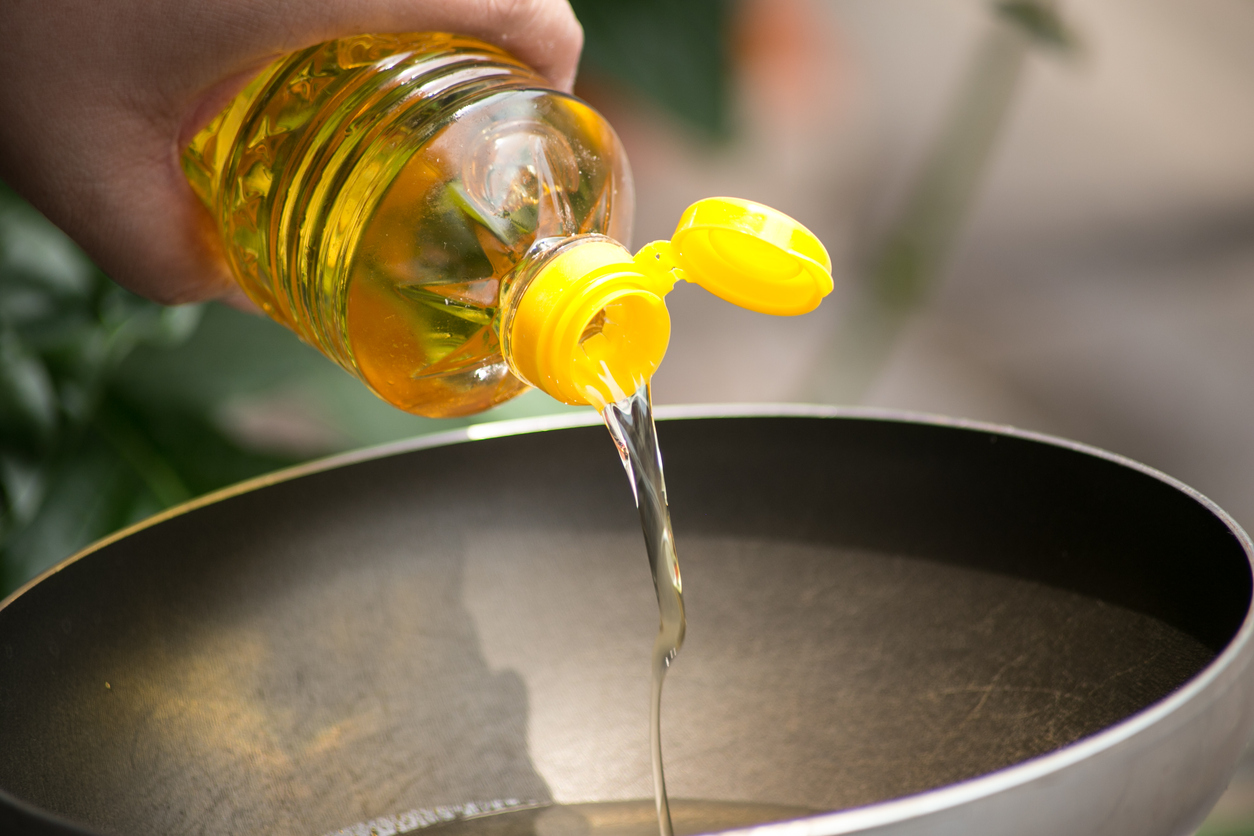
Cooking oil gets dearer as COVID-19 disturbs demand-supply equilibrium

Edible oil prices have been constantly rising in India over the past 10 months and have registered an average 60 per cent difference since April 2020. Oil companies anticipate a further increase of up to ₹30 in the next two to three months.
While the rise in the prices is generally attributed to the huge dependency on imports resulting in demand-supply gap and the government’s reluctance to take a view on the prices, another major reason that has been observed is the shift of the consumer from palm oil to sunflower oil during the COVID-19 period.
There was an 80 per cent fall in demand for palm oil and a large part of it shifted to sunflower, according to observations made by the edible oil industry.
Edible oils are categorised into three — seasoning, shallow frying and deep frying. Palm oil is well suited for deep frying and is mostly used in hotel industry.
Related news: 75% kirana shops looking to go digital in metro cities: Report
“Generally the hotel industry uses the oil that is less costly and useful for deep frying. During the lockdown period, hotels and other eateries were shut. Hence the consumers increased the usage of sunflower oil. In the unlock era, the usage, however, began to balance”, P Chandrasekhar Reddy, vice-president of Gemini Edible Oils told The Federal.
An increase in demand for 5 million tons — two million palm oil, one million sunflower and two million soya bean seeds — has caused a shortage in the supplies from Malaysia, Indonesia and the other exporting countries. This triggered the rise in the prices. Palm oil rates too soared because the production suffered a slash during the peak of COVID-19 on account of shortage of human power. Workers moved to their hometowns for long durations and returned late.
The current cost of Sunflower oil (Grade 1) is ₹140 per litre compared to ₹90 per litre in April 2020. Similarly the price of groundnut oil has risen from ₹95 per litre earlier to ₹150 while that of palm oil has shot from ₹75 per litre to ₹115.
India consumes between 24 and 26 million tons of edible oils, more than 60 percent of which is palm oil. As per industry sources, there is a shortage of five million tons of edible oils — two million palm oil, one million sunflower and two million soybean seeds in Malaysia, Indonesia and other exporting countries.
Indian companies now pay 32 per cent import duty on palm oil and 38 per cent on sunflower. “Between 1995 and 2014, the import duties used to be high, as high as 90 per cent and above at times but, the government reduced the duties even to as low as zero percent to control the prices whenever the inflation was high,” Reddy said.
Today, India has wheat and paddy stocked in godowns whereas we are importing three fourth of our edible oils. Of the close to 26 million tons that is in demand, up to 16 million tons is imported. Sunflower is 2.5 million while soya bean is 6 million (2 million produced domestically). Sunflower import is 99 percent. Mustard is 3 million tons, all domestically produced.
Reddy hopes the prices will see a correction after May, but not certainly to the pre-Covid levels.
Farmers not interested in oil seeds
Oil seeds production is shrinking in India, thanks to the low returns which discourage farmers from growing them.
All India Kisan Sabha vice-president Sarampally Malla Reddy says, “Farmers are not getting even the cost of production. Andhra Pradesh and Telangana together were cultivating groundnut in 60 lakh acres till 2014. Now, it has gone down to 20 lakh acres. Famers have almost given up groundnut cultivation in Andhra Pradesh. A quintal is supposed to be sold at ₹5,500 to be called remunerative but, is actually being sold at ₹3,500 now. The seed (40kg per acre) itself costs ₹2,200. Why would farmers take up an unviable crop?”
Sesame would be viable if sold at ₹7,000 a quintal. But, farmers are able to sell it only between ₹4,500 and ₹5,000 per quintal.
Oil seeds (of nine varieties) production in the country is around 3.23 crore tons since 2018-19, as per the official records.
The oil companies feel the government is looking for the prices to soar so that the seeds cultivation becomes viable, attracting the farmers to diversify to these crops.
Related news: Farm exports record 9.8% growth during pandemic despite overall slump
Countries have been supporting the agriculture sector in their own ways. While it is happening in a planned and structured way in the Europe and US, options like loan waiver to provide relief to distressed farmers are adopted in India.
Both the farmers’ bodies and the oil companies stress on the need to balance between the food and edible oil seeds cultivation, making the cultivation of the latter viable.


